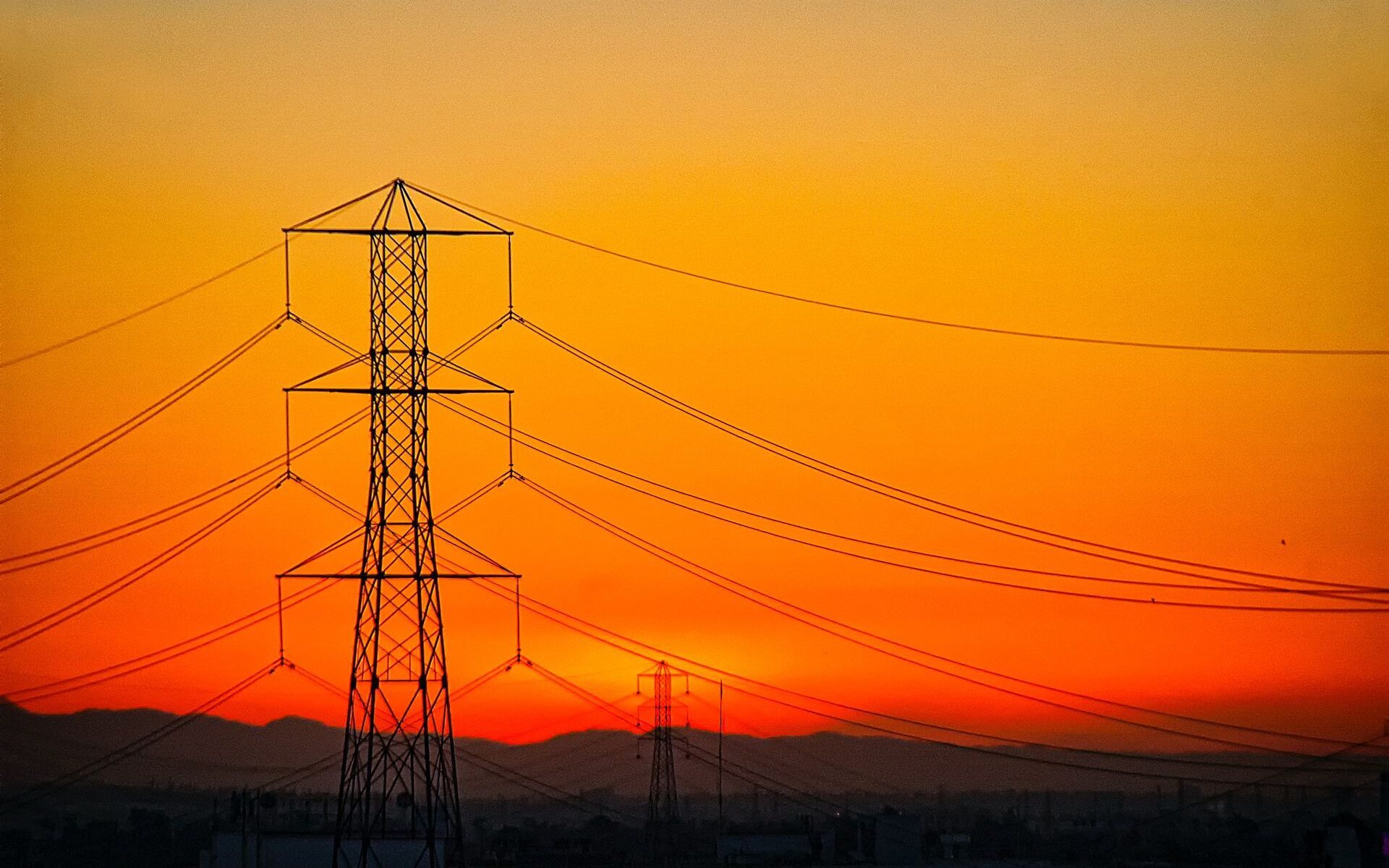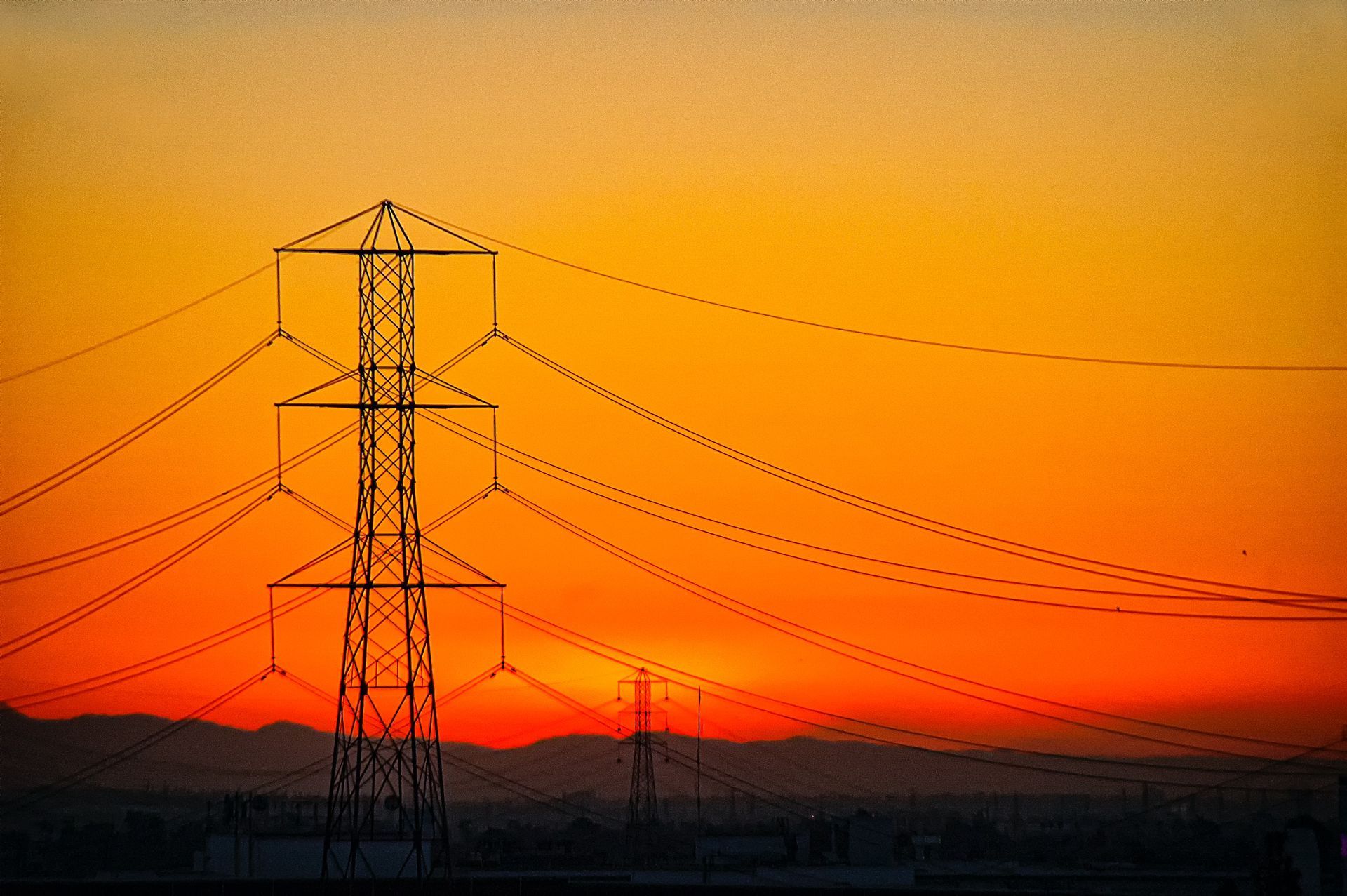2024 TOP 10 BLOG
Gold-Plating vs. Grid Safety: How Cost-of-Service Ratemaking Creates Tension Between Regulators and Utilities and Slows Grid Hardening
VJEL Staff Editor: Michael Murphy
Faculty Member: Genevieve Byrne
The annual number of wildfires in the United States is increasing. These wildfires devastate communities, cause billions of dollars in damage, and claim the lives of hundreds of American citizens. Aging and worn-out electric grid infrastructure is a major cause of these fires. In 2020 alone, grid infrastructure caused over two thousand wildfires in the United States.
When poorly maintained grid infrastructure causes a wildfire, the natural response is to hold the responsible utility liable and seek payment for damages. This response is warranted when utilities ignore the need for grid hardening and fail to make needed improvements to their infrastructure. However, bankrupting utility companies does little to prevent future grid-related catastrophes. Furthermore, the idea that utilities are ignoring grid hardening is strange when you consider how most utilities earn revenue—by spending money on grid improvements. So why wouldn’t utilities be actively improving the safety of the grid? Well, regulators sometimes deny grid hardening proposals for perceived “gold-plating.” Gold-plating refers to the idea that utilities might make excessive grid upgrades strictly for profit, and not to enhance grid performance. Is it fair to hold utilities liable for wildfires in instances where regulators denied their grid hardening proposals?
This article will explain utilities earn revenue through traditional cost-of-service (COS) ratemaking; provide an example of a wildfire caused by aging grid infrastructure; discuss an instance where a utility is facing resistance to grid safety updates; and describe an alternative approach to COS.
Cost-of-Service Ratemaking
Regulating electric utilities in a COS ratemaking setting increases their revenue in two ways: increasing the volume of electricity they sell or investing in infrastructure. Utilities are permitted to pass the costs of building infrastructure on to ratepayers, plus an additional percentage they keep as profit. Utilities are free to choose which grid investments are worthwhile and can recoup their costs through rates so long as their local regulators believe the investments are “prudent and reasonable.” However, traditional COS regulation can incentivize “capex bias,” wherein utilities prefer to pursue capital-intensive projects over other alternatives, even if the alternatives would save ratepayer dollars.
The Camp Fire, Butte County, California 2018
Despite the fact that most utilities make money by investing in grid upgrades, grid infrastructure is still unsafe and continues to cause wildfires in the United States. On November 8th of 2018, transmission line equipment malfunctioned in Butte County, California, igniting the fifth deadliest wildfire in United States history, known as the “Camp Fire.” By the time the Camp Fire was fully contained on November 25th, the fire had claimed the lives of 85 people, burned almost 20,000 buildings, and charred over 150,000 acres. Investigations discovered that PG&E had failed to properly maintain the transmission line that caused the fire. The line was almost 100 years-old, and was located in a windy, dry forest.
Butte County Superior Court issued severe penalties to PG&E for the Camp Fire. PG&E’s former CEO, Bill Johnson, pleaded guilty to 84 counts of involuntary manslaughter incurring $3.5 million in fines as part of the criminal plea. In addition, the court ordered PG&E to pay $500,000 toward the county’s investigation costs. In separate proceedings, the California Public Utilities Commission (CPUC) fined PG&E almost $2 billion. Overall, PG&E estimated its wildfire liability to be about $30 billion for both the Camp Fire and an additional fire from the previous year. Ultimately, PG&E filed for bankruptcy in January of 2019 and emerged in 2020 after restructuring their business.
Resistance to PG&E’s Grid Safety Updates in the Wake of the Camp Fire
To prevent future disasters like the Camp Fire, PG&E wants to bury its power lines. PG&E hopes to build over 10,000 miles of power lines over the next decade and proposed an initial 2,100 miles of line to underground. Unfortunately, regulators and concerned ratepayer advocacy groups resisted these safety upgrades, preferring that PG&E add protective covering to their transmission lines rather than burying them. While protective covering is both cheaper and faster to implement, this solution is not nearly as safe as burying the lines. PG&E claims that burying power lines reduces the chance of wildfire by 99%, while adding protective covering only reduces this risk by 62%.
While CPUC regulators did not explicitly accuse PG&E of gold-plating, it was certainly implied. Critics of the plan scoffed at the idea of PG&E earning additional profits for its undergrounding project, which would raise customer rates an average of nearly 18%. However, the alternative solution of adding protective covering is significantly less effective at preventing wildfires, which are themselves extremely costly and dangerous. Furthermore, wildfire risk itself has repercussions. In the past year, seven of the top twelve insurance companies doing business in California have either paused or restricted new business in the state because of wildfire risk.
In a decision last month, CPUC finally approved a compromise: PG&E will bury 1,230 miles of power lines, reducing the original proposal by $1.7 billion (and nearly 1,000 miles of line). About 16 million California ratepayers will face bill increases averaging more than $32 per month to cover the costs of this investment.
An Alternative to Cost-of-Service Ratemaking: Performance-Based-Regulation
So, what are utilities to do? If they propose long-term, safety-oriented solutions to grid maintenance, they may be accused of seeking to increase their bottom-line at the expense of ratepayers. If they succumb to ratepayer or regulator pressure and implement short-term, low-cost safety measures, they expose themselves to unbearable liability. Meanwhile, unsafe grid infrastructure continues to cause devastating wildfires. With utility options restricted under the traditional regulatory framework, the burden of fixing the grid has shifted to policymakers.
In response, policy makers have created a new regulatory framework called “performance-based regulation” (PBR). PBR compensates utilities for making progress towards targeted grid performance outcomes, rather than providing them with a set rate-of-return. In a PBR setting, the better the power system performs, the more revenue the utility earns. As Connecticut Governor Ned Lamont put it, these utilities “don’t just get paid an automatic 9% whether [they] do good work or bad work, [they] get paid for doing good work.” This framework creates a strong incentive for utilities to fix or upgrade their existing infrastructure to optimize the power system’s performance and reliability. This framework also eliminates the perception of gold-plating, because the amount of money a utility makes is tied to performance outcomes rather than infrastructure spending.
Another important feature of PBR is that it incentivizes demand-side measures like distributed energy resources (DERs) and energy efficiency (EE). These resources make the grid safer, more reliable, and more affordable. For example, EE measures reduce the overall load on the grid, which eases the burden on transmission infrastructure. When transmission lines are overloaded, they can overheat and sag. Sagging lines are more likely to contact vegetation, which can cause fires and blackouts. Reducing the overall load on the grid reduces the chances of the transmission lines sagging, and thus reduces the likelihood of wildfires and blackouts. In addition to these safety benefits, EE improvements decrease ratepayers’ electric bills because energy-efficient structures take less electricity to heat and cool.
Perhaps the most important feature of PBR is that it is proactive, whereas COS is reactive. COS incentivizes utilities to sell as much electricity as possible and build as much infrastructure as possible, without necessarily considering reliability. When grid infrastructure causes a wildfire in a COS jurisdiction, the utilities react by engaging in grid hardening. In a PBR jurisdiction, on the other hand, utilities are incentivized to harden the grid before a catastrophe like a wildfire.
Stakeholders in California recognize that the state’s COS regulation is an impediment to major electric distribution system reform, but hope “a new performance-based paradigm can eventually allow utilities to make money by saving money.” Further, while PG&E could still face liability for future fires, the California Supreme Court recently ruled that the utility cannot be held responsible for customer losses when it proactively shuts off power to address safety concerns.
Conclusion
Overall, PBR is an important step nationwide toward hardening the grid and improving grid resilience, while managing ratepayer costs. So far, at least 17 states and the District of Columbia have moved away from traditional revenue structures and towards PBR. Recognizing the importance of improving grid safety and resilience, the Biden administration recently allocated billions of dollars to states for grid performance and reliability projects. An expedited transition to PBR could not only reduce the frequency of grid-related wildfires, but also ease the tension between regulators, utilities, and ratepayers.


